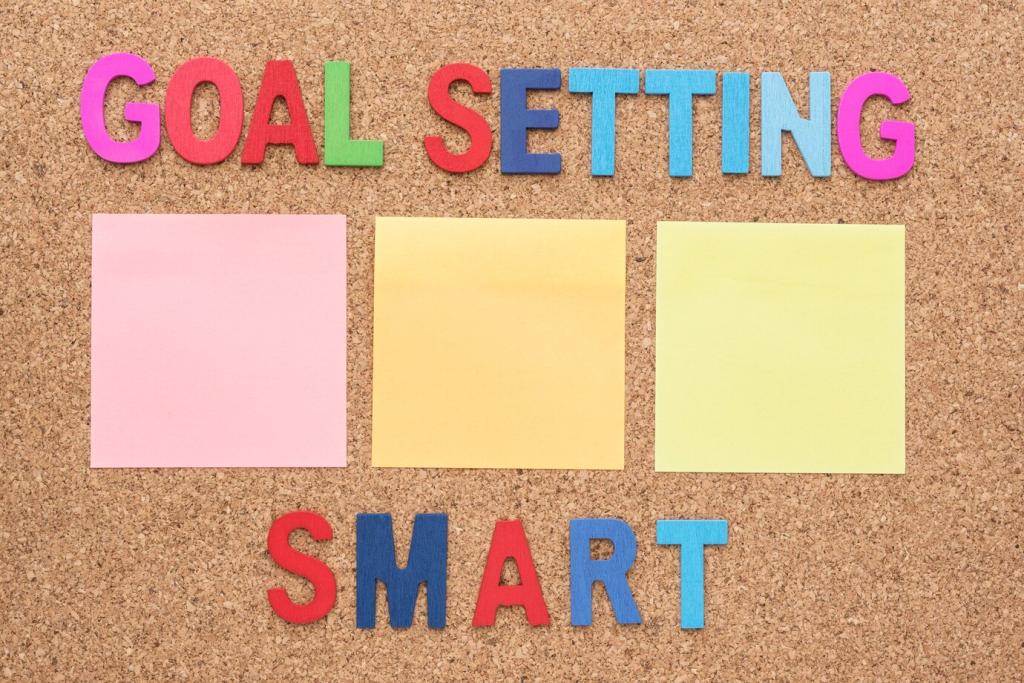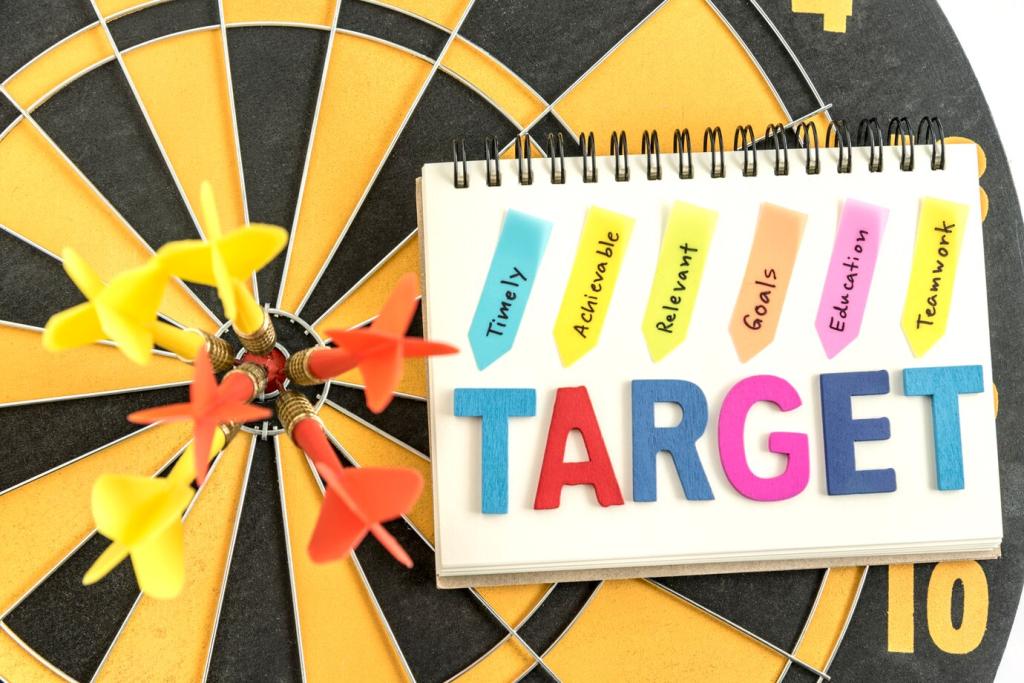
How to Track Your Health and Fitness Progress
Today’s theme: How to Track Your Health and Fitness Progress. Let’s make your journey visible, meaningful, and motivating—so every step, rep, and rest day adds up to a story you’re proud to tell.
Set Clear Goals and Choose What to Measure
Translate “get fitter” into specific, measurable, attainable, relevant, and time-bound checkpoints. For example, “Jog a 5K in under 30 minutes within 12 weeks,” or “Perform five strict pull-ups by August.” Clear targets make tracking unmistakable.

A reliable step counter, GPS watch, or heart-rate monitor can automate the boring parts. Choose tools that sync smoothly, have good battery life, and display data clearly. If it’s easy, you’ll do it daily without friction.
Build Your Tracking Toolkit
Log load, volume, and RPE to reveal trends
Record sets, reps, total volume, and your Rate of Perceived Exertion. When RPE drops at the same weight, you’re getting stronger. When it climbs unexpectedly, recovery or technique likely needs attention before pushing harder.
Use simple field tests to mark milestones
Test a one-minute push-up count, a one-mile run, or a 500-meter row every four weeks. Reader Maya shaved 42 seconds off her mile by repeating the same test route and conditions, making her improvement unmistakably clear.
Plan cycles, then track how your body responds
Alternate build weeks and lighter deloads, noting soreness, sleep quality, and mood. If performance improves after deloads, you’ve found a rhythm. If not, adjust volume or intensity. Your log will point to smarter decisions.



Recovery Metrics: Sleep, Stress, and Readiness
Log bedtime consistency, total sleep time, and morning energy. Reader Alex found that a 30-minute earlier bedtime improved his lifts within two weeks. If you’re always tired, your progress log will reveal it quickly.
Measure resting heart rate upon waking. Trending lower often signals improved fitness, while sudden spikes can flag stress or illness. If you track HRV, watch trends, not daily noise, to guide intensity and recovery decisions.
Use a 1–10 scale for mood, motivation, and stress alongside your training log. When mental scores dip, adjust volume or add a walk. Holistic tracking prevents burnout and keeps your plan humane and sustainable.
A 15-minute weekly retrospective
Each week, note three wins, one lesson, and one tiny tweak. Compare numbers to your SMART goals. This simple ritual builds confidence and makes the next week’s plan obvious, reducing decision fatigue and second-guessing.
Troubleshoot plateaus with targeted experiments
If progress stalls, change one variable at a time—sleep schedule, exercise selection, volume, or tempo. Client Jamal broke a three-week plateau by adding a deload and protein at breakfast, then saw steady improvements again.
Visual dashboards that actually motivate
Graph your weekly mileage, average RPE, or strength PRs. Seeing lines trend upward is energizing. Even flat weeks teach you something. Share your graph with a friend or coach for accountability and supportive feedback.

Streaks, cues, and tiny wins
Use a visible streak tracker and simple cues, like laying out shoes the night before. Check off small wins daily. Momentum compounds, and your log becomes a highlight reel that nudges you to keep going.

Share your progress to build momentum
Post a weekly check-in with a photo of your journal or a screenshot of your dashboard. Tell us one insight you learned. Public commitment gently raises the stakes and invites supportive accountability from this community.
